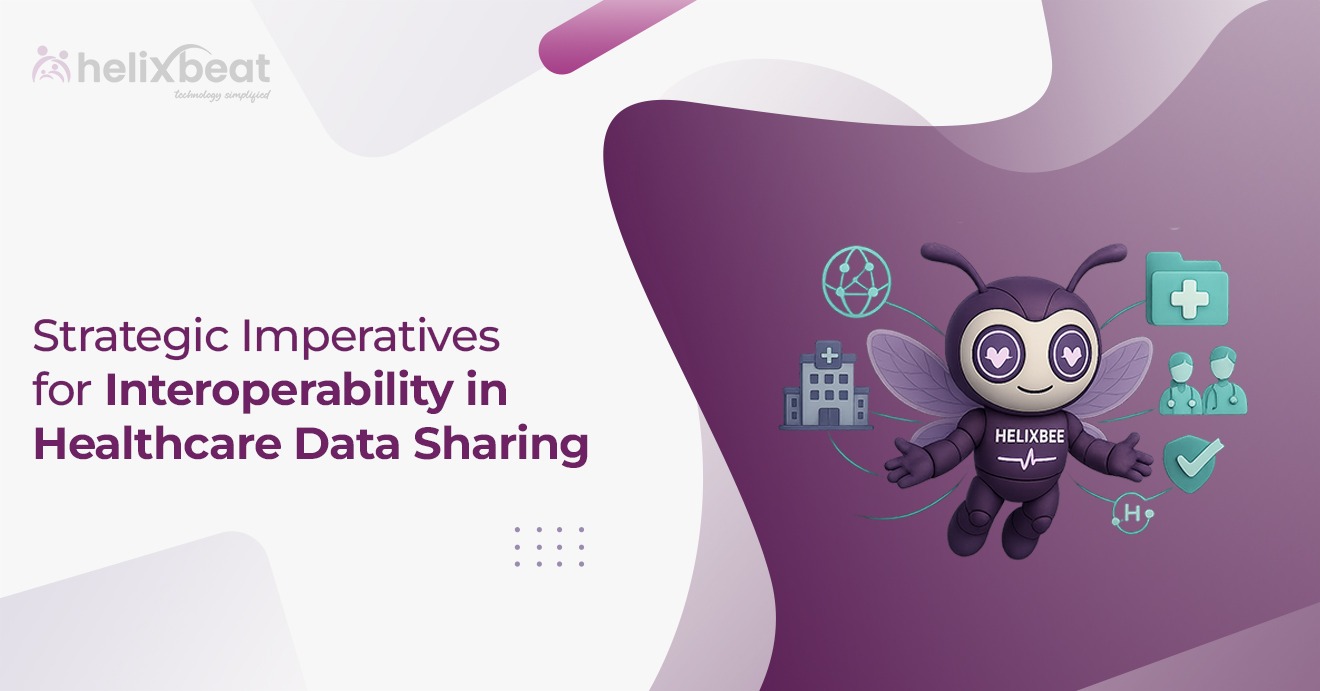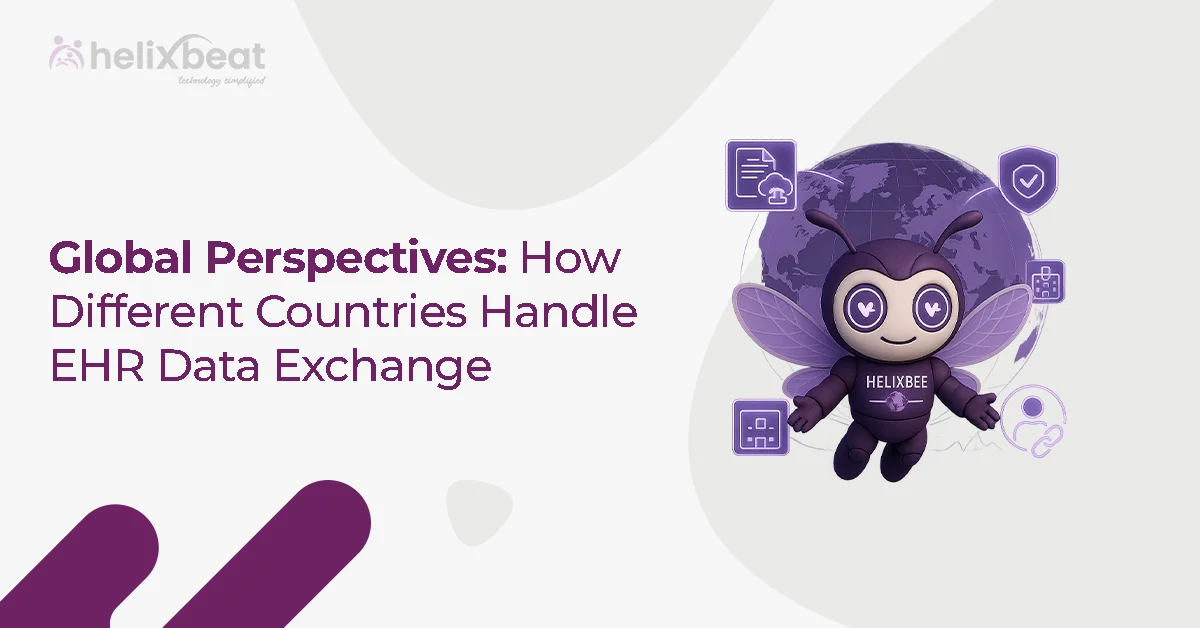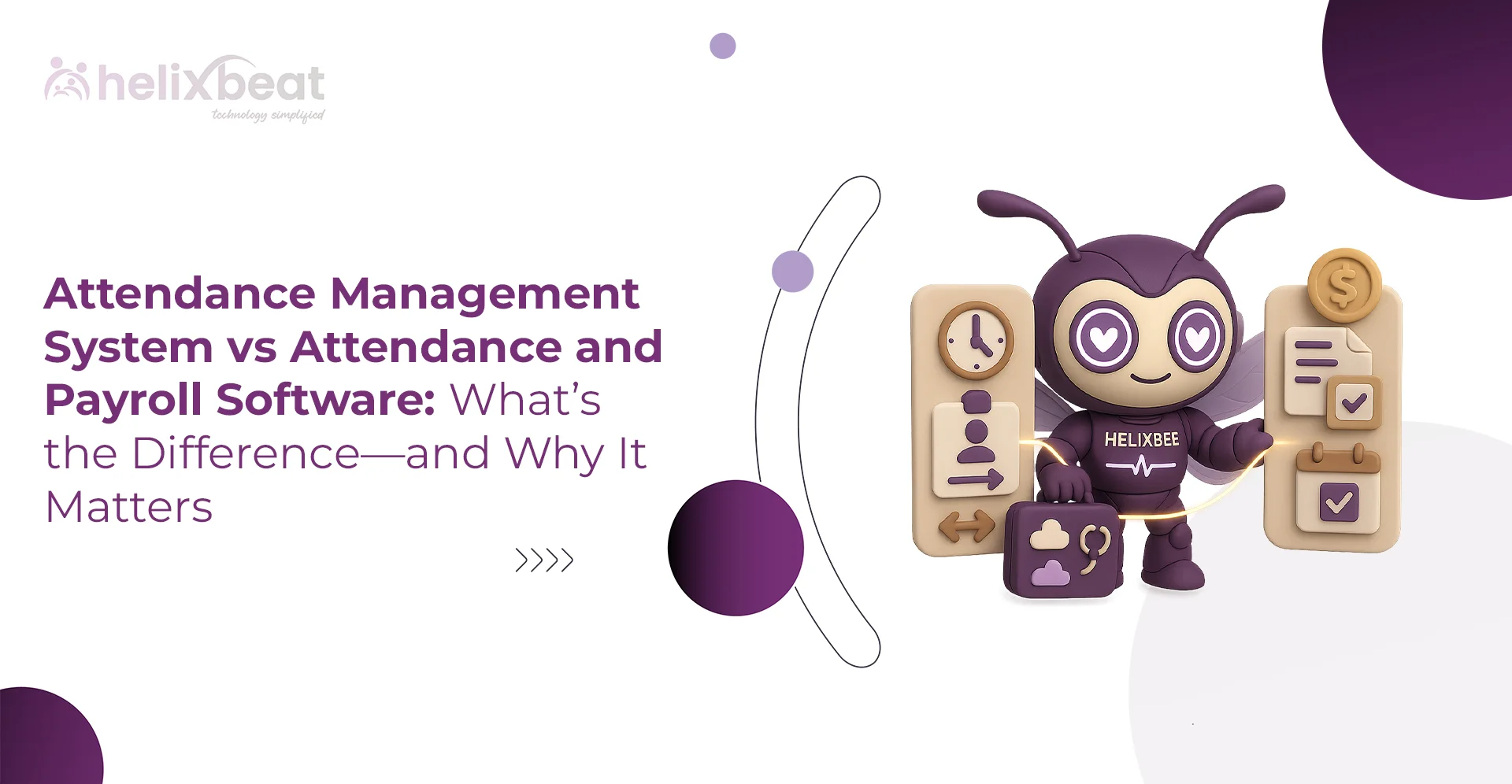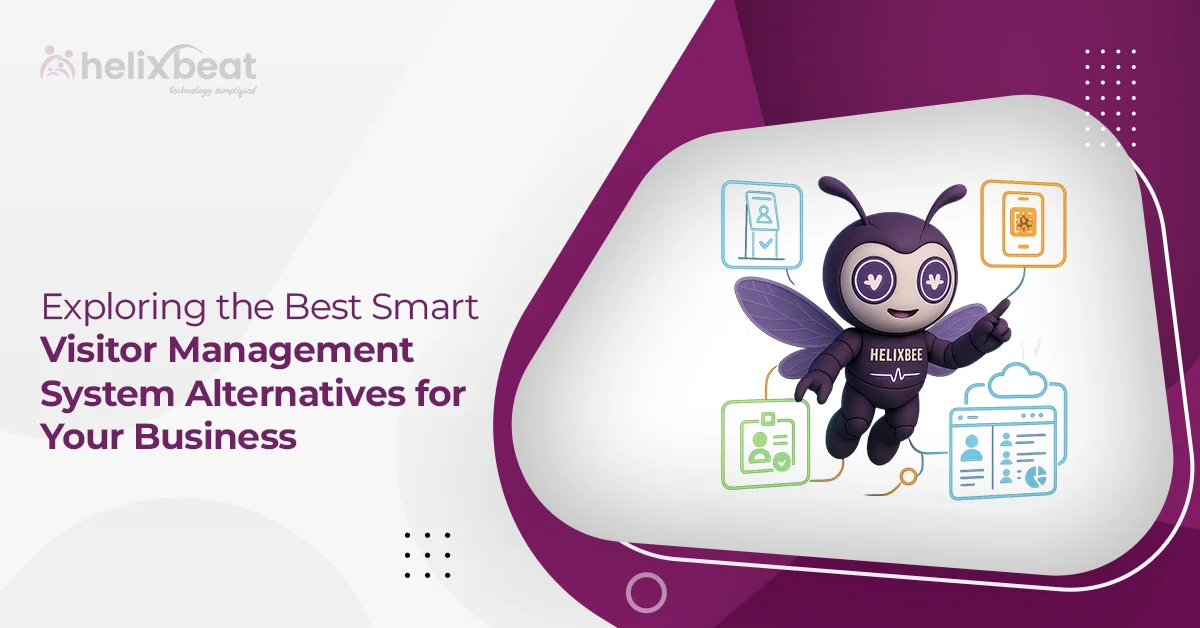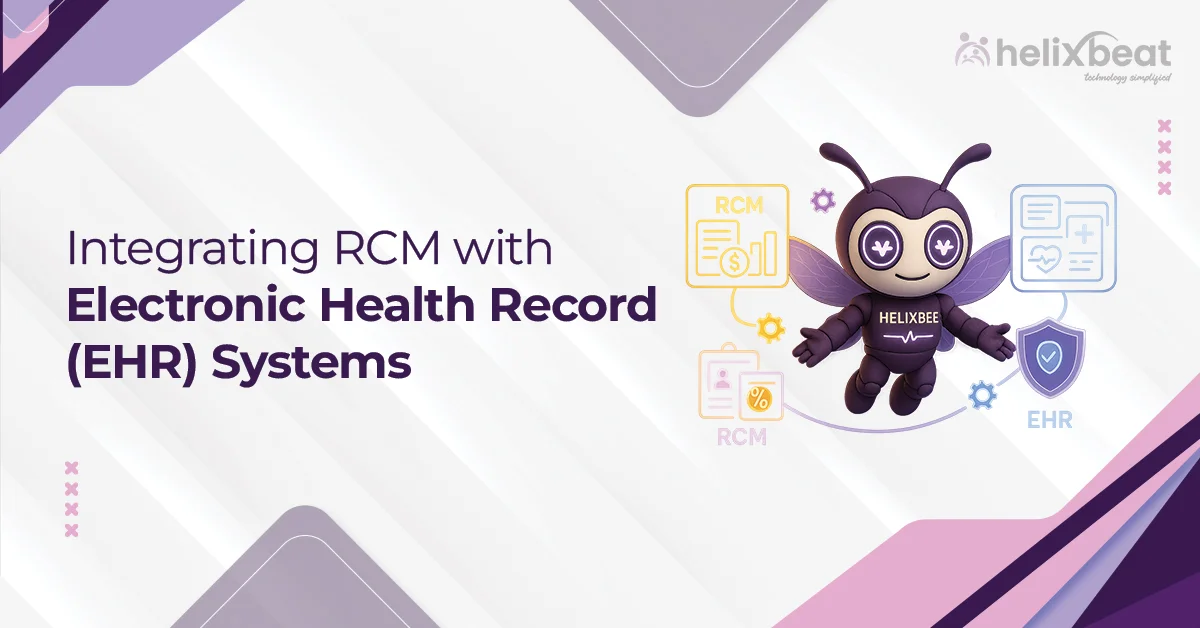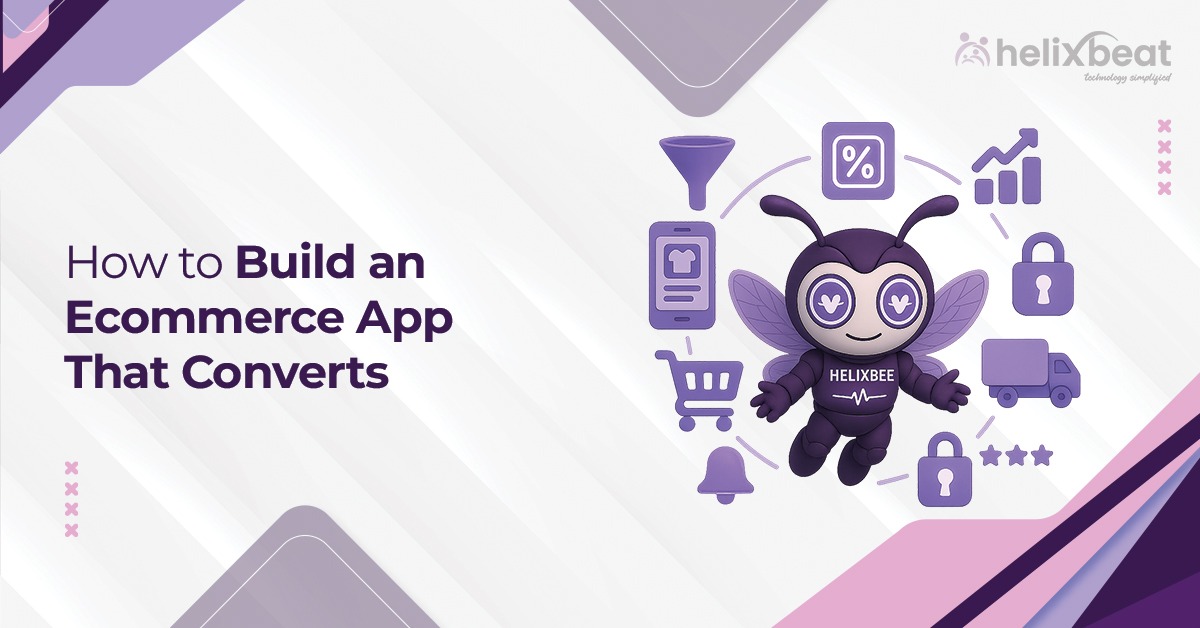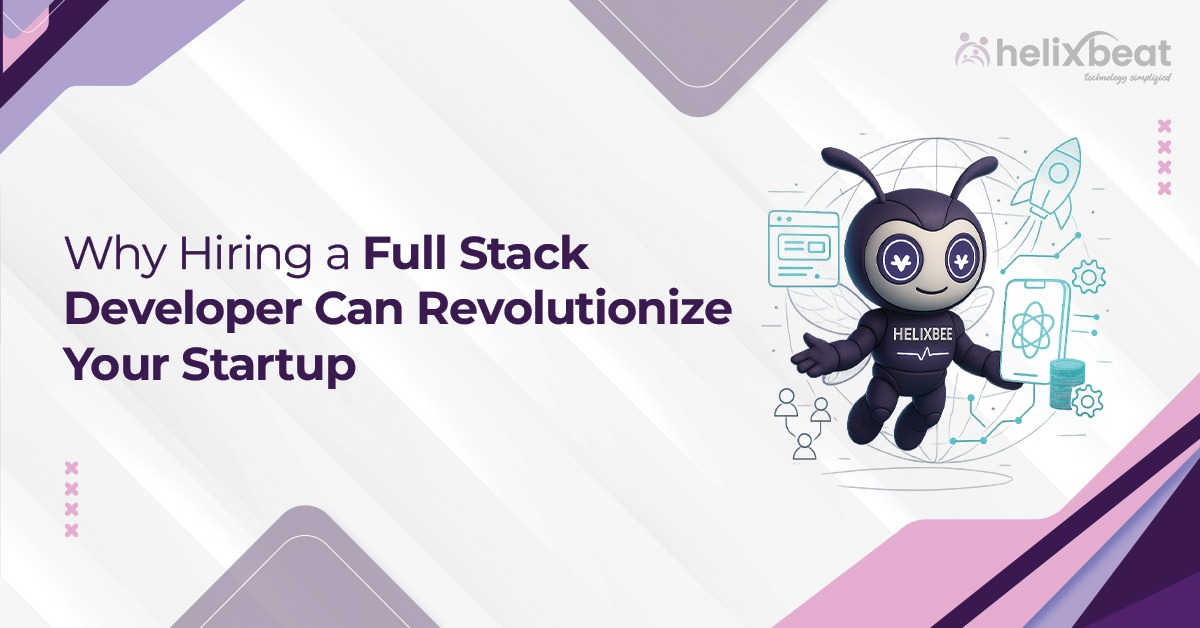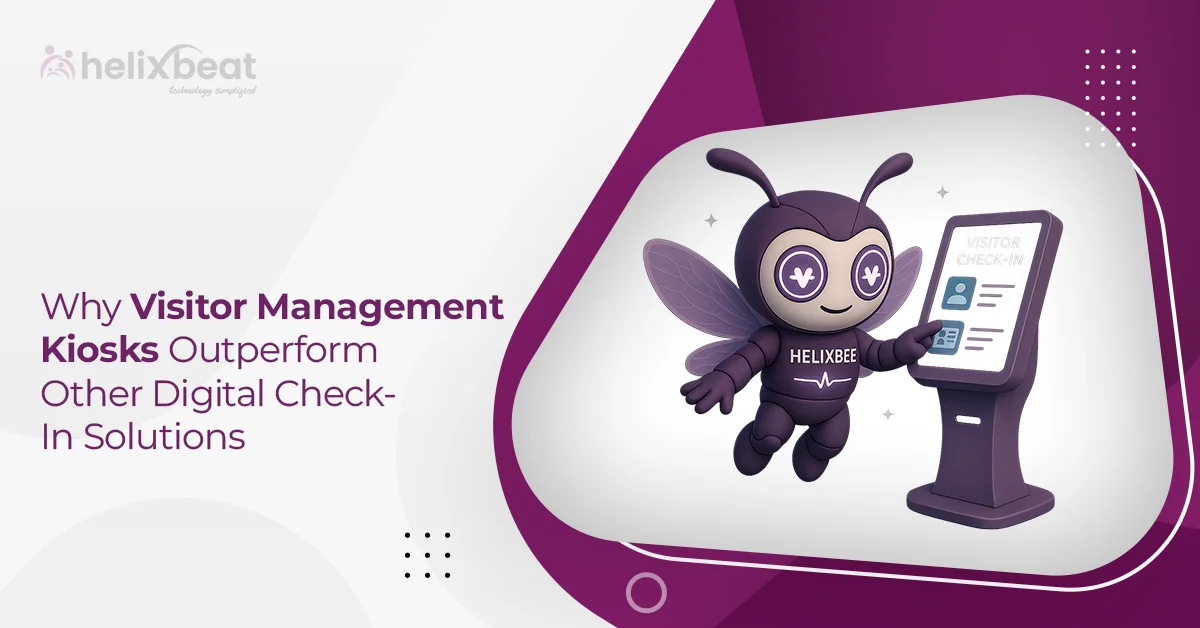Today, people want treatments that fit their unique needs, not a one-size-fits-all approach. This is where personalized healthcare comes in. It means giving care based on a patient’s lifestyle and health history. At the heart of this shift is healthcare data integrated from many sources. By combining information from doctor visits, wearable devices, and genetic tests, providers can make more informed choices.
In this blog, we’ll explore what integrated healthcare data means, its benefits, real examples, and what the future holds.
Table of Contents
What is Integrated Healthcare Data?
Integrated healthcare data refers to the process of combining information from various sources into a single system. Think of it as putting puzzle pieces together to see the whole image. In healthcare, these pieces come from electronic health records, which are digital files of your doctor visits and test results. Other sources include genetic information from DNA tests, data from fitness trackers like step counts or heart rates, and even notes from pharmacy prescriptions.

In personalized healthcare, this integrated data acts as the foundation. It helps providers tailor advice and treatments. For example, if a patient has diabetes, integrated data can show how their diet, exercise, and blood sugar levels are connected over time. This whole story helps in choosing the right medicines or lifestyle changes.
Benefits of Integrated Data in Personalized Healthcare
The advantages of integrated healthcare data in personalized healthcare are multifaceted. One primary benefit involves early detection and prevention. By analyzing combined datasets, systems can forecast disease risks using genetic markers and lifestyle data. This enables doctors to intervene and help before a condition worsens.
In terms of treatment optimization, integrated data tailors therapies to individual responses. For example, pharmacogenomics uses genetic information to predict drug efficacy, which minimizes adverse effects and reduces unnecessary prescriptions. This not only cuts inventory waste but also lowers overall costs by avoiding ineffective treatments.
Patient empowerment represents another key gain. Integrated platforms, like companion apps, encourage data sharing, giving individuals control over their health narratives. This builds trust and adherence to personalized plans. Moreover, synthesizing data can help tackle social determinants of health and reduce disparities. For people in underserved areas, precision public health initiatives can offer a means of delivering targeted support based on insights gained from the entire population.
Overall, these benefits translate to a more efficient system. Healthcare organizations report better resource allocation, with predictive analytics preventing complications and reducing hospital readmissions. As data integration matures, it promises to revolutionize care delivery on a global scale.
Key Technologies Enabling Data Integration
Several technologies underpin the success of integrated healthcare data for personalized applications. Electronic health records serve as a core foundation, providing a digital repository for clinical information that can be augmented with external data streams.
Artificial intelligence and machine learning stand out for their ability to process vast datasets. AI algorithms analyze multi-omics and clinical records to uncover patterns, such as predicting treatment responses or identifying novel targets. In addition, cloud-based platforms and GPUs can handle the computational demands of large-scale data, making real-time analysis possible.
Interoperability standards, like FHIR (Fast Healthcare Interoperability Resources), facilitate seamless data exchange across systems. This facilitates integration of wearables, which track vital signs, with EHRs for continuous monitoring. Predictive analytics tools further leverage this by forecasting health trajectories, supporting proactive care.
These technologies collectively enable a shift toward holistic approaches.
Real-World Applications and Examples
Integrated healthcare data is being used across different specialties, which shows how it can truly impact personalized care. In oncology, AI integrates health records, genetics, and immunology to predict outcomes of immunotherapy. For non-small cell lung cancer, models analyze cytokine signatures to personalize treatments and enhance survival rates.
Cardiology benefits similarly, with AI platforms like Aidoc scanning imaging data alongside EHRs to detect conditions such as pulmonary embolisms swiftly. This integration supports timely interventions and reduces risks in cardiovascular patients.
How FHIR Addresses the Challenges of Integrating Healthcare Data?
By providing a modular, web-based framework for electronic health information exchange, FHIR promotes interoperability through RESTful APIs, JSON, and XML formats. As healthcare organizations grapple with integrating clinical, genomic, and patient-generated data, FHIR offers structured resources—such as Patient, Observation, and MedicationRequest—that standardize representations, facilitating a unified approach to personalized healthcare.
One of the biggest hurdles, a lack of standardization, is solved by FHIR. It builds on older HL7 standards like V2, V3, and CDA, but makes them much simpler to use. FHIR resources act as building blocks that can be referenced and extended, breaking down silos and enabling cross-institutional sharing. This interoperability extends to global health data exchange, supporting granular access and simplifying data migration from older models.
Also, incomplete and inconsistent EHR data gets better with FHIR because it prioritizes validation and conformance. By incorporating consistent terminologies such as SNOMED CT and LOINC, FHIR enhances semantic interoperability, allowing better preprocessing for AI applications and minimizing errors in predictive modeling. This structured approach also indirectly mitigates bias in AI models by providing diverse, high-quality datasets for training.
In essence, FHIR transforms integrated healthcare data by offering flexible, secure, and standardized tools that evolve with needs. Through ongoing advancements, such as versioning policies and bulk data exports, it positions itself as a cornerstone for overcoming integration barriers.
AERIS: Streamlining Data for Smarter Care
AERIS by Helixbeat is a state-of-the-art healthcare interoperability software designed to make data exchange across systems smoother and more efficient. It effortlessly brings together patient information from various sources, helping healthcare providers deliver more accurate and timely care.
With HL7 and FHIR, AERIS facilitates secure, real-time data sharing across platforms, improving decision-making and operational efficiency. As a result, healthcare organizations can manage patient records with ease, reduce administrative tasks, and foster better collaboration—all while staying in line with HIPAA regulations.
Final Thoughts
Looking ahead, integrated healthcare data will likely expand through advancements in AI and interoperability. By overcoming challenges and leveraging technologies like AERIS, the field can achieve broader equity and better outcomes. Contact Helixbeat today and start exploring FHIR with AERIS!
FAQs
1. What is integrated healthcare data?
Integrated healthcare data refers to combining information from multiple sources, such as electronic health records (EHRs), genetic data, fitness trackers, and pharmacy prescriptions, to provide a comprehensive health overview.
2. How does integrated healthcare data benefit personalized healthcare?
It enables early detection of diseases, optimizes treatments, empowers patients, and improves healthcare efficiency by providing a holistic view of an individual’s health, including genetic and lifestyle factors.
3. What technologies support integrated healthcare data?
Key technologies include electronic health records (EHRs), artificial intelligence (AI), machine learning, cloud computing, and interoperability standards like FHIR, which enable seamless data exchange and analysis.
4. How does AERIS streamline healthcare data exchange?
AERIS integrates patient data from various sources using standards like HL7 and FHIR, enhancing real-time decision-making, improving operational efficiency, and supporting secure data sharing across platforms.



